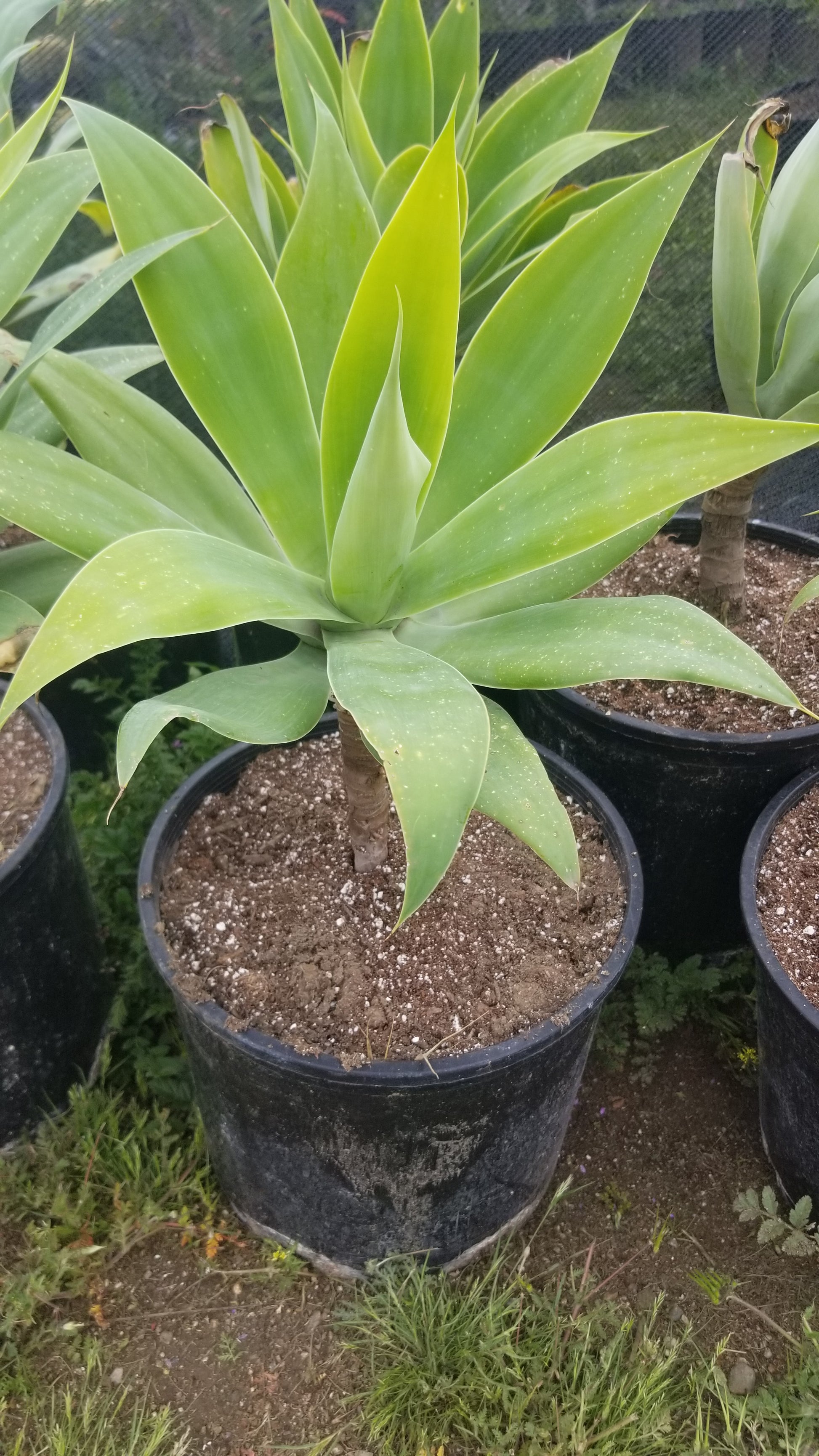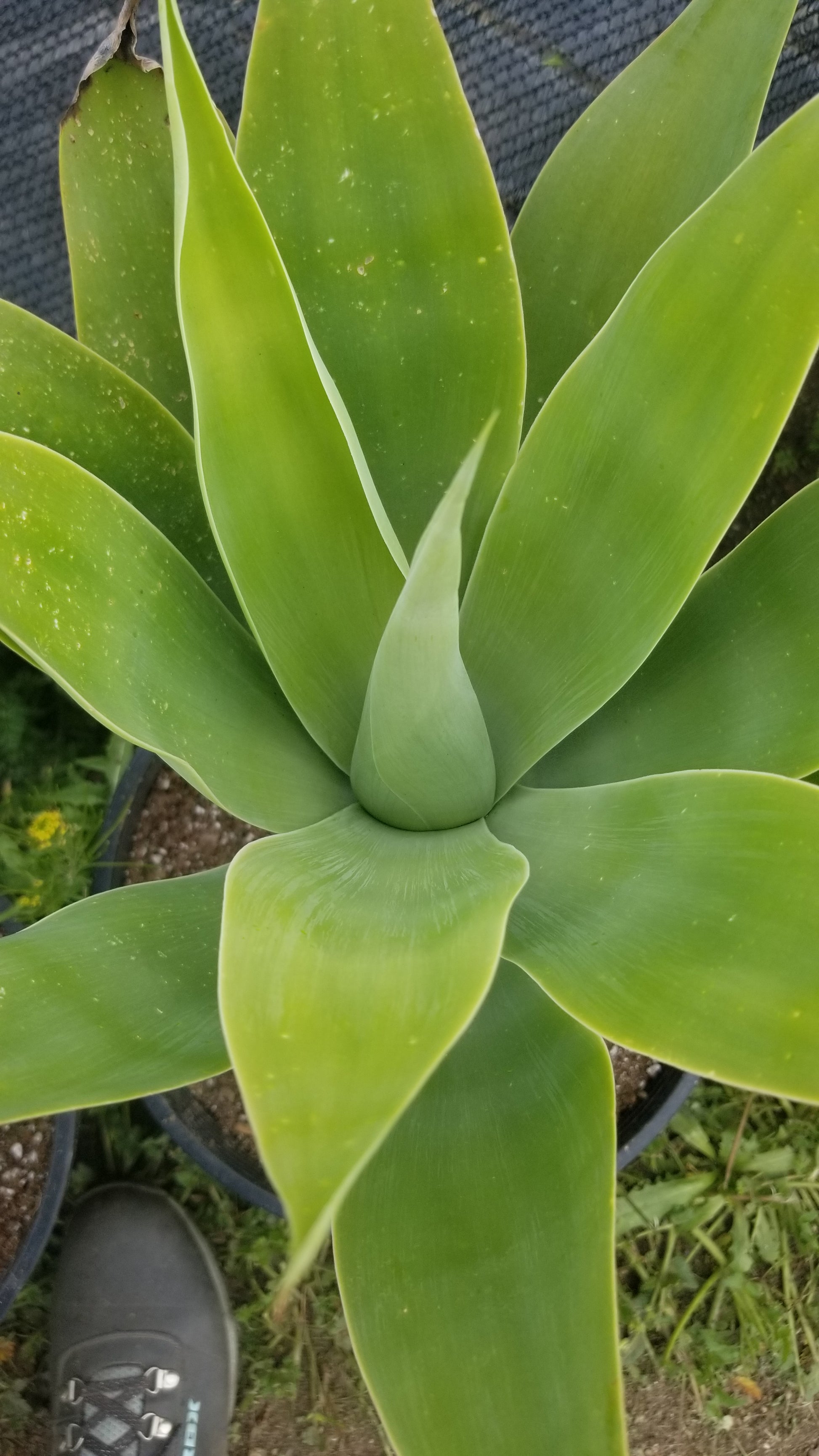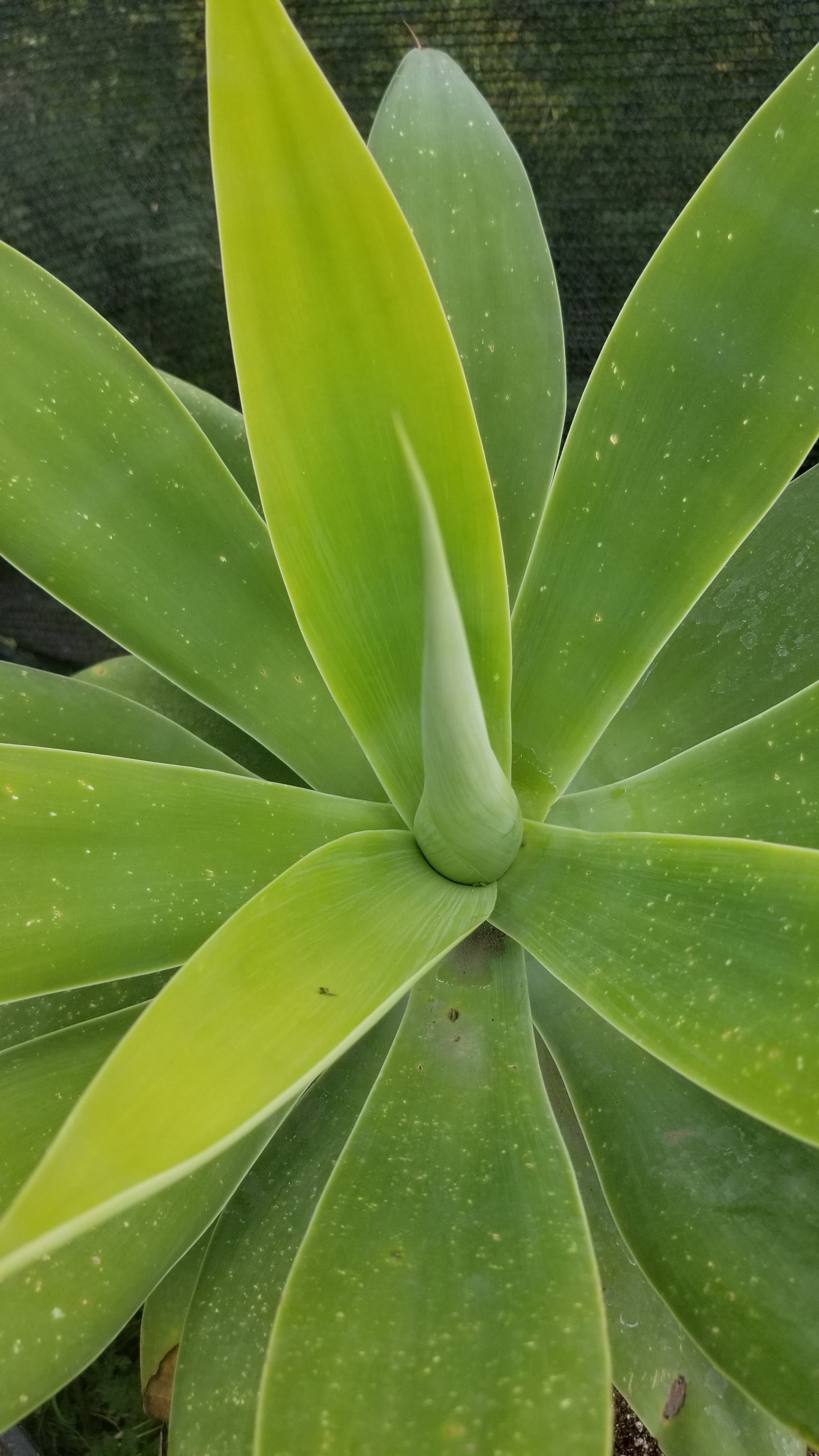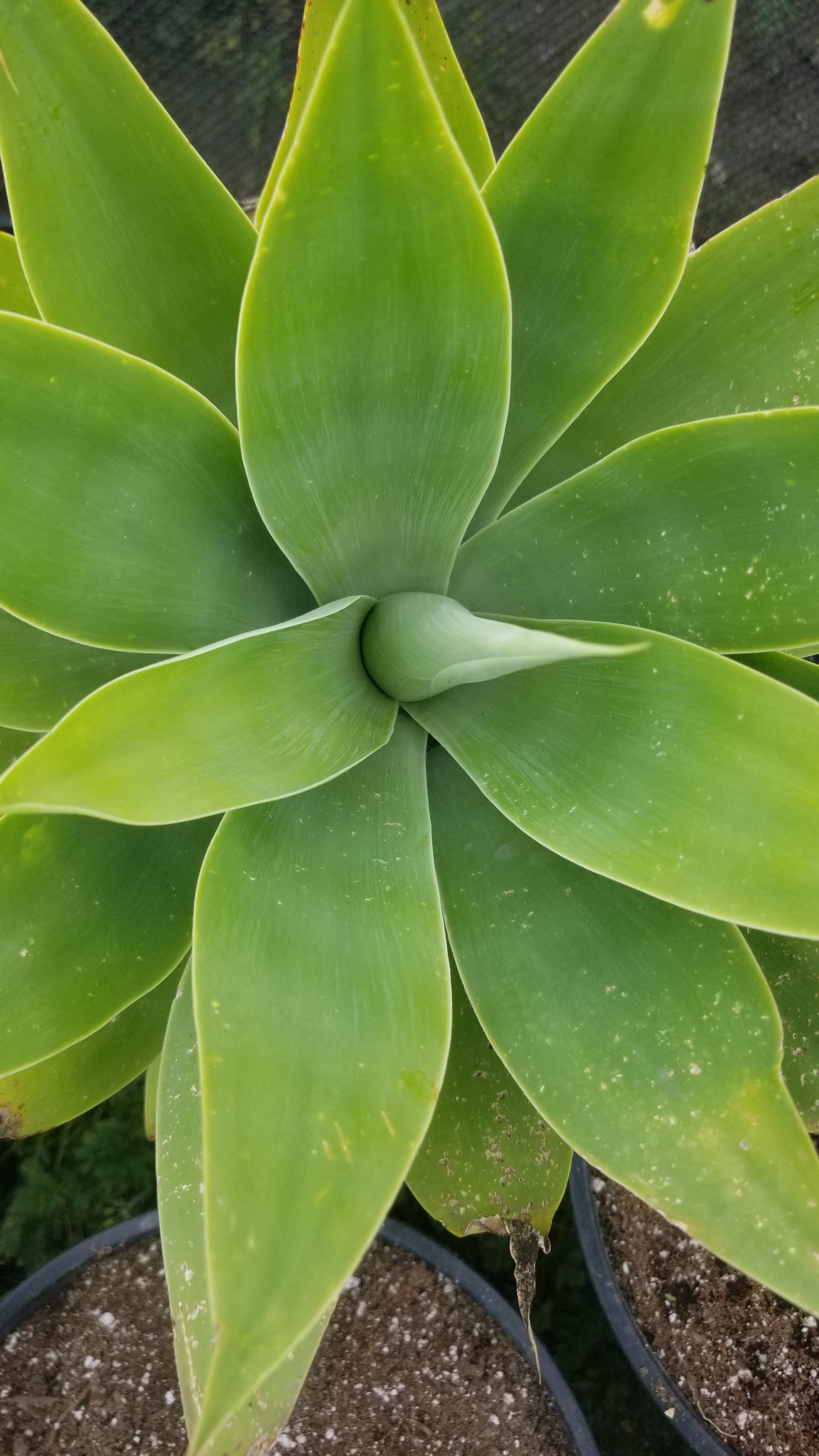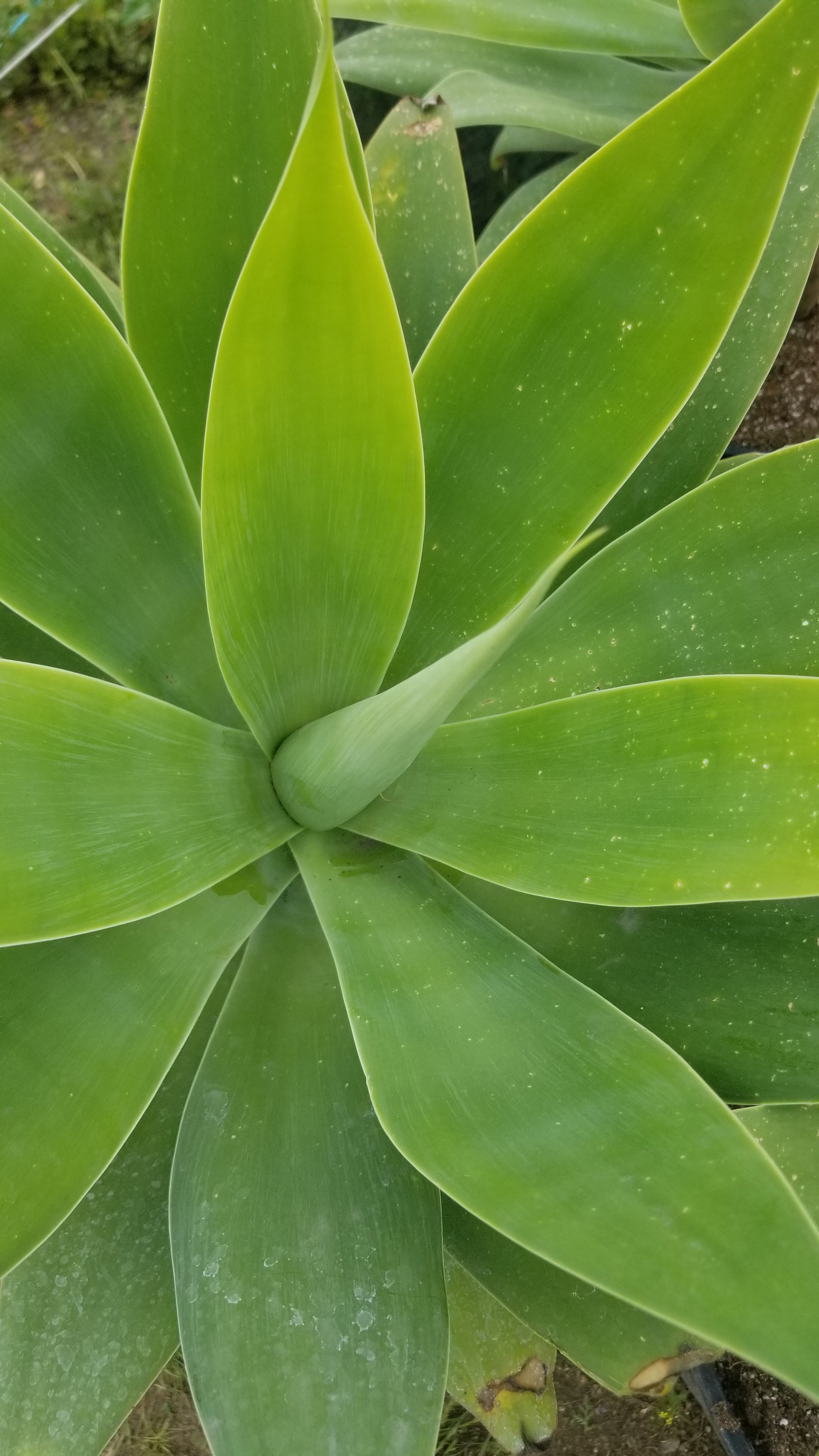Beaultiful Desert Plants
Agave Attenuata
Couldn't load pickup availability
Agave Attenuata
* Ship Bare root (without pot and soil) Pot size is only notated for your reference.
* If you are going plant your cactus or succulent in a pot, have it prepared beforehand with cactus mix soil (recommended), then water lightly.
*If you going to plant it into the ground, ensure proper drainage
*We Only ship Priority to ensure your Succulents plant will take between 2 to 3 days to arrive, we are not responsible for any the shipping carriers are delays.
* My Jades have really short roots, We reefed to the gallons that are planted in the add so you can see or estimate the actual size of the plant, do not expect to receive any Jade with long roots, That's why these trees are easy to Trim and give a shape as a bonsai tree and plant them in a shallow pot.
* We try to ship our succulent plants as soon as we get the order is customer responsibility to be aware of the plant arrival also customers will get a notification by email. If the customer wants to delay or change the day of the shipment please contact us as soon as possible.
*We take great care in the packaging of your plants, but unfortunately the same cannot always be said in how they are handled once they leave us
.*Is the customer responsibility to purchase a (Heat pack) if the Succulent plant is ship to a cold area, we usually recommended it if the whether is 35* or lower, If you are purchasing a large succulent plant please make sure you buy enough heat pack to cover the plant (1 heat pack every 12") We are not responsible for damages to the Succulent plant if is NOT enough coverage of the heat pack, and if is delay by USPS, the heat only will keep the box warm for 72 hours.
|
||||||||||||||||||
| Agave attenuata (Fox Tail Agave) - This Agave presents to the gardener none of the dangers that its spine-covered relatives do. Massing up to 4 to 5 feet tall by about twice as wide, individual rosettes may reach 4 feet wide atop a stout curving smooth gray stem that rises up to 4 feet tall. The wide pale green pliable leaves emerge from a tight central spear to arch gracefully back, looking a bit like large open green flower. Mature plants send up a 5 to 10 foot vertical flower stalk that reflexes back towards the ground before arching upward again, giving this plant the common name, the Fox-tail agave – it is also called Lion's Tail Agave and Swan's Neck Agave. The flowers are a pale greenish yellow and are followed by seed pods and many new "plantlets" (or bulbils). Plant in full coastal sun to shade in moist or dry soils (looks best with an occasional watering). Tolerates seaside conditions but it will usually be damaged in temperatures much below 28° F. We had plants survive the Christmas 1990 freeze with temperatures down to 18°F, but they were severely disfigured. It was reported in Gary and Mary Irish's "Agave, Yuccas and Related Plants" that the Desert Botanic Garden lost plants from temperatures at 25 °F but plants growing here in gardens in the Goleta valley just west of Santa Barbara, were damaged but survived the 3 nights in a row we had at 25° F in January 2007 . Protect from snails which can also disfigure the plant. This plant is a beautiful soft green color, which works well with other succulents or even tropical plant material. It is native to the plateau of central Mexico in the states of Jalisco, México and Michoacán where it grows on rocky outcrops in pine forests from 6000-8000 feet in elevation. The original specimens were sent to Kew in 1834 by the the French-Belgian botanist Henri Guillaume Galeotti (1814 – 1858), who collected it from an unspecified location in central Mexico. More recent study has reported it from Jalisco east to Mexico City, in small colonies at elevations of 1,900 to 2,500 meters (6,200 to 8,200 feet), but there have been few recorded sightings, suggesting this agave is rare in the wild. The plant was originally described by Prince Joseph Salm-Reifferscheid-Dyck or Salm-Dyck (1773-1861) who described the plant in his Hortus Dyckensis ou Catalogue des Plantes cutiées dans les jardins de Dyck (1834). The specific epithet comes from the Latin word 'attenuo' meaning "weaken", "diminish" or "shrink" and in botanical usage has come to refer to the gradual reduction of the leaf as it tapers to a slender point. We also grow a form of this species originally collected by Myron Kimnack and Fred Boutin in 1970 and that was called Agave attenuata 'Nova' by the Huntington Botanic Gardens – it has shorter broader leaves that are a blue gray and erect flower stalks. We grow a selected seedling of this plant that is called Agave attenuata 'Boutin Blue' and also grow another similar Agave in this Amolae group, Agave pedunculifera, which has minute teeth along the leaf margins and does not grow up on a stalk – this plant was recently (2006) reclassified by Bernd Ullrich as Agave attenuata subspecies dentata. Information displayed on this page about Agave attenuata is based on the research conducted about it in our library and from reliable online resources. We also note those observations we have made of this plant as it grows in the nursery's garden and in other gardens, as well how crops have performed in our nursery field. We will incorporate comments we receive from others, and welcome to hear from anyone who may have additional information, particularly if they share any cultural information that would aid others in growing it. |
Share
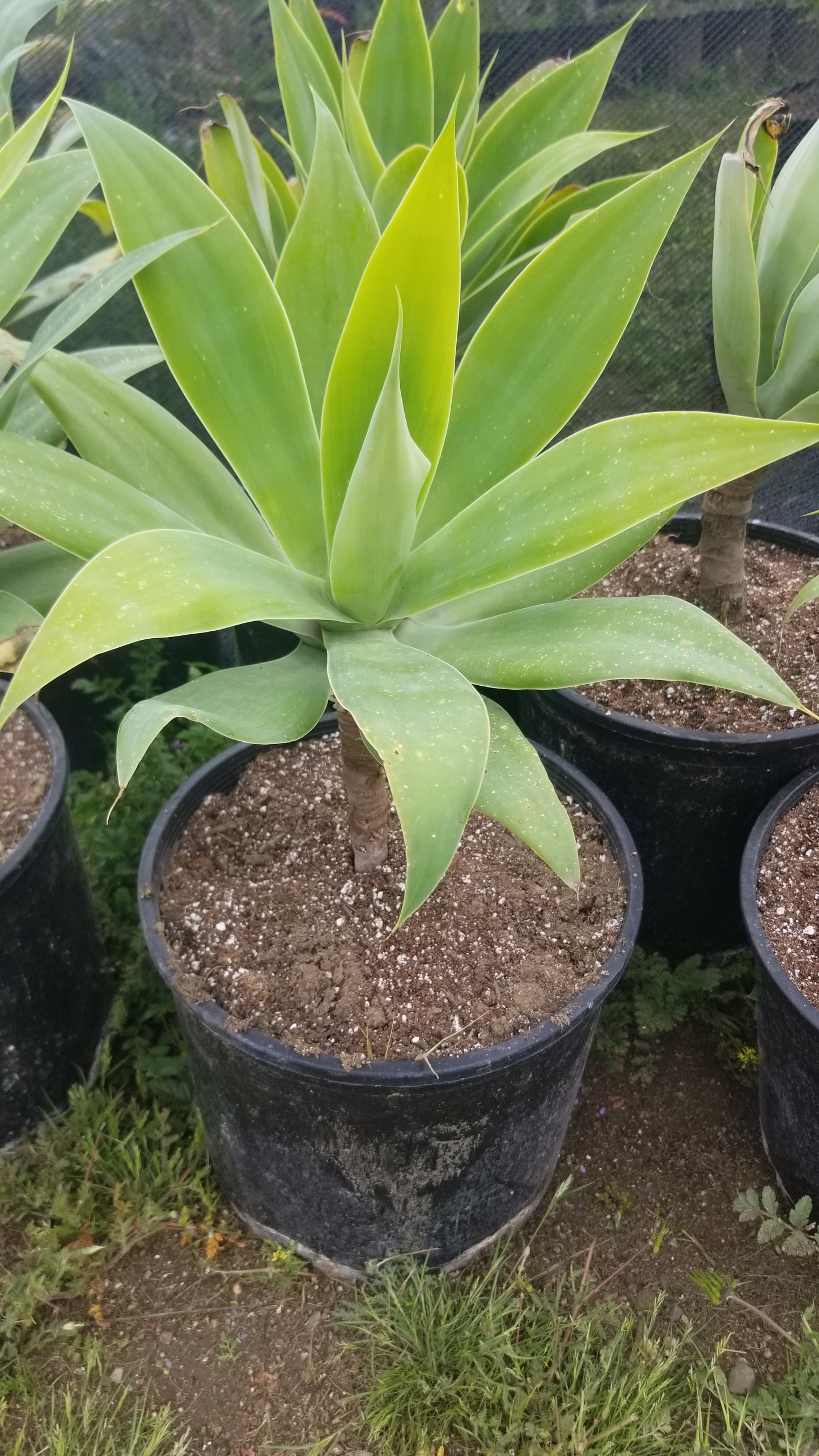
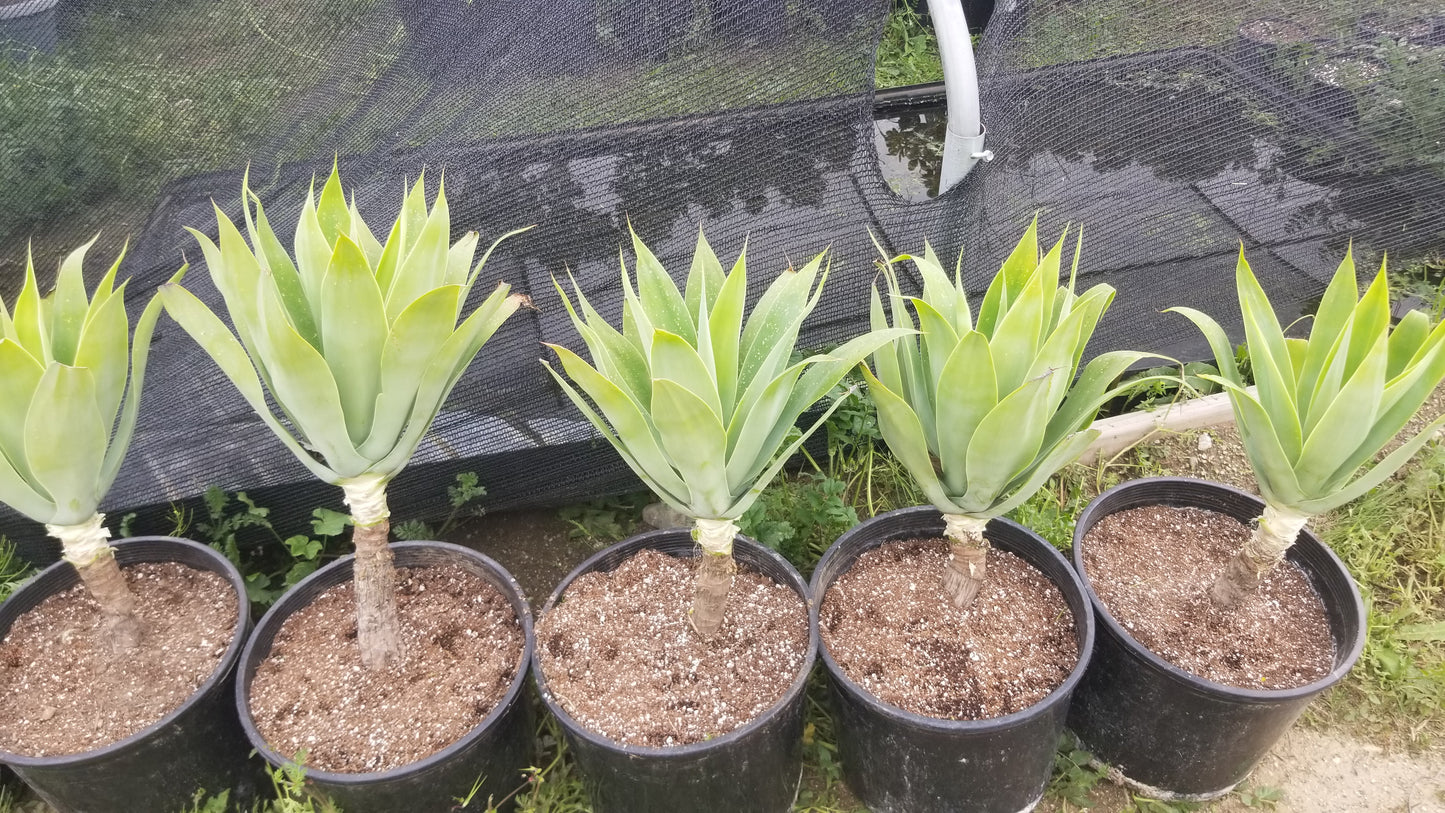

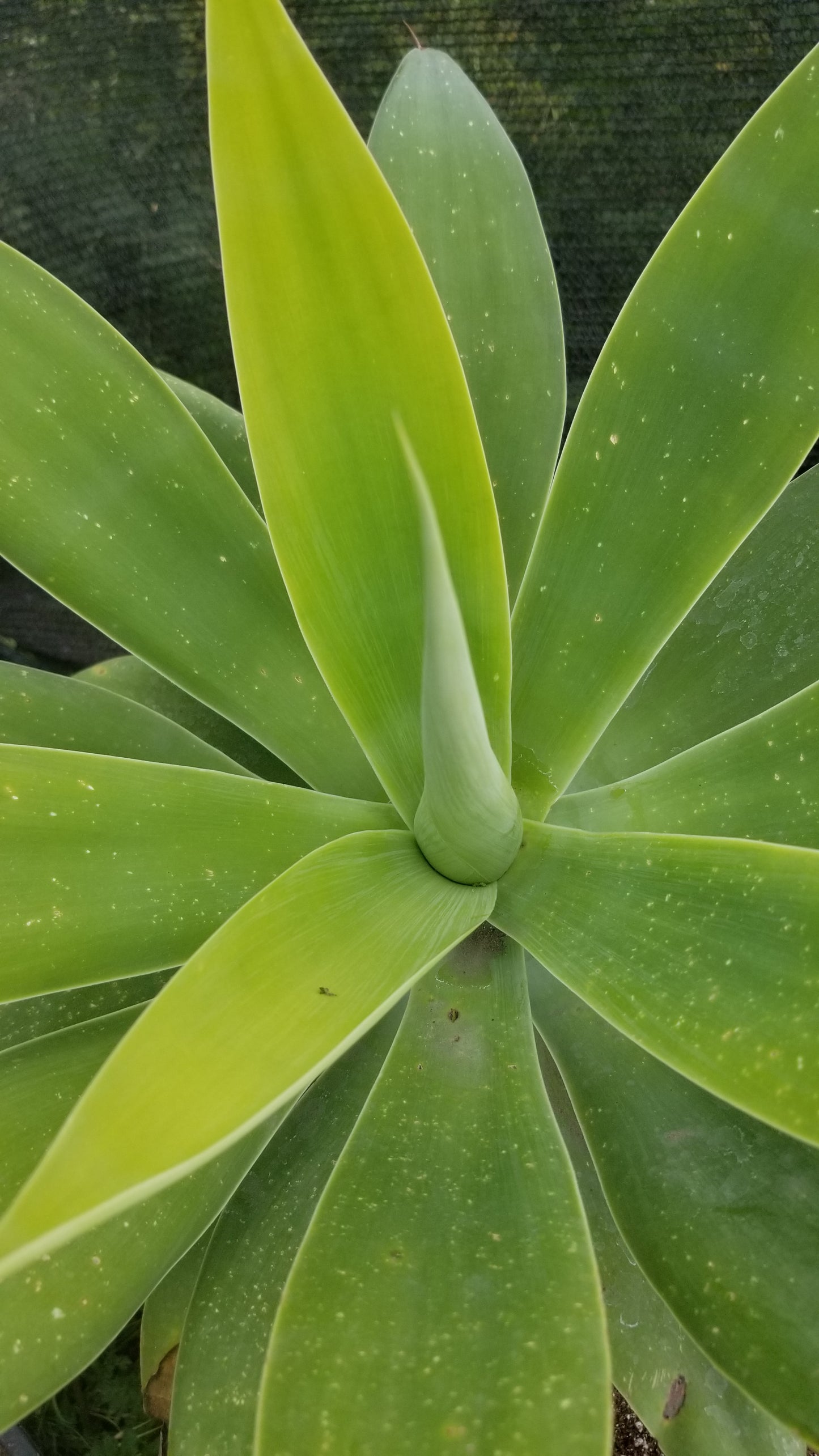


Never arrived after 2 months. Still waiting
I ordered an agave 2 months ago and I am still waiting. I received an email stating that my “order was fulfilled”, yet nothing has arrived.
Beautiful plant packaged carefully and with an amazing root system. Very happy with this purchase.
Subscribe to our emails
Be the first to know about new collections and exclusive offers.

